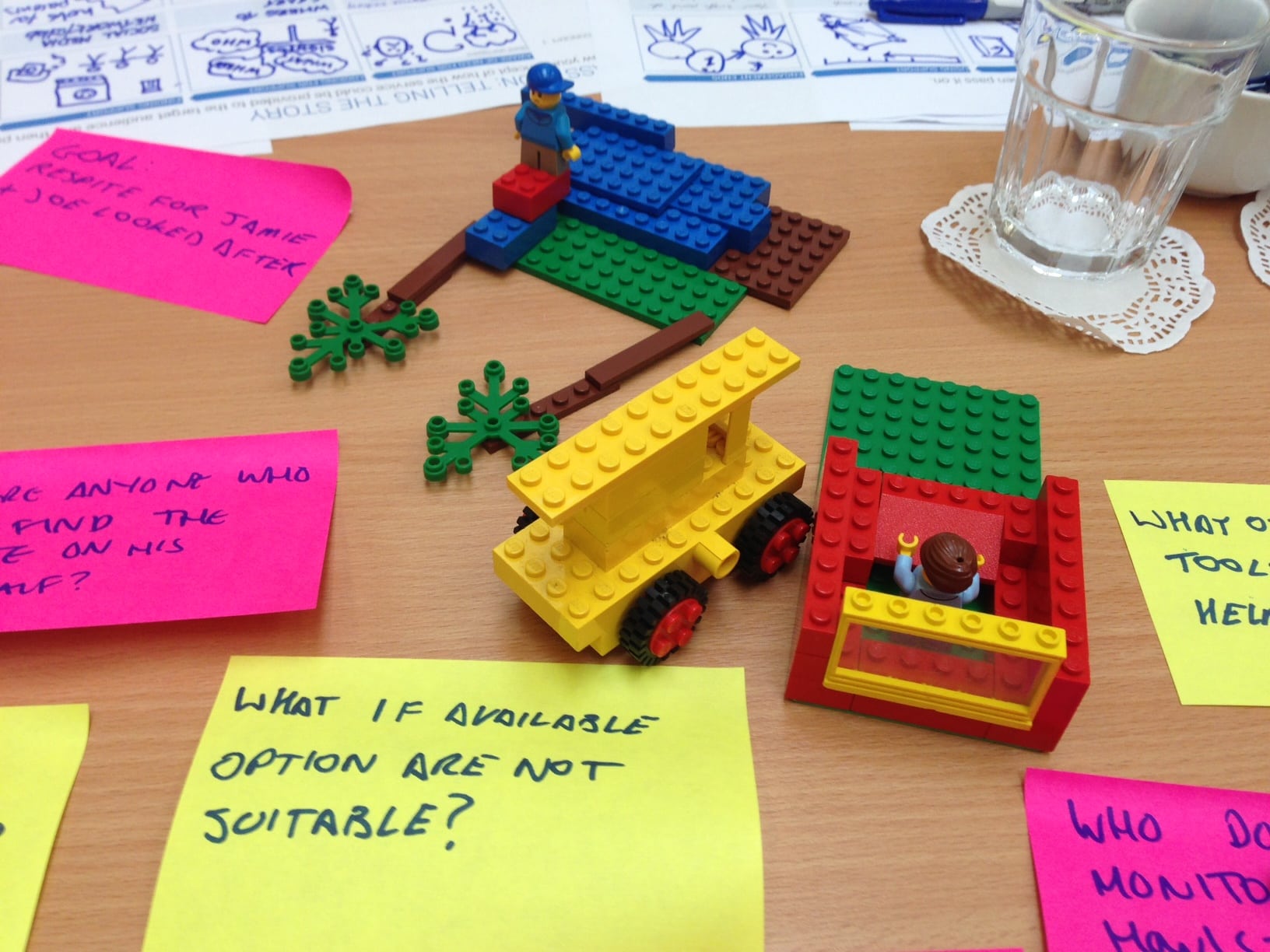Digital
The Service Design Champions Programme: what we thought
July 3, 2017 by dawnkofie 1 Comment | Category Digital Public Services, mygov.scot, Scottish Approach to Service Design
The Service Design Champions event was a 4-day introduction to service and user-focused thinking, run by the User Research and Service Design team.
Mark Black-Daniels and Dawn Kofie, content designers from mygov.scot, reflect on their experiences of the programme.
Why we wanted to do the training
MBD: In the work I’ve been doing for the business section of mygov.scot, I’ve come across a complex public service landscape, with services split across various business support agencies. And where users are often referred back and forth between agencies for support.
The service design course appealed to me, because I thought it might help me to champion a more joined up approach to delivering support and advice to businesses in Scotland.
DK: I took part because I wanted to find out:
- exactly what service design is, and what it’s not
- what good service design looks like
- how I can include it in my work designing content for justice
It didn’t disappoint, and was definitely worth the 4 days away from my desk. As well as being a whistle-stop tour of service design and user research, the training also gave us the chance to use some service design tools.
What we found most useful
MBD: Aside from the reminder of the importance of having subject matter experts in the room – and the value they can add – I guess it was the more practical methods and tasks we learned.
In particular the last two days of the course stepped us through a way of approaching service design. Things like:
- project scoping
- personas
- journey mapping
- ideation
- storyboarding
- prototyping
- service propositions and blueprints
This was a handy, step-by-step approach which helped us to map out a way of delivering a service that meets the needs of users
DK: I know how important it is to genuinely involve stakeholders instead of hurriedly consulting with them at the end of a process.
But, even so, I was taken aback by the depth of understanding practitioners had, and just how much insight they were able to contribute, when it came to discussing our service design challenge – the information needs of parents with disabled children.
Less of a learning point and more of a reminder, was when Cat Macaulay, Head of User Research and Service Design, made the point that, in times of crisis, people find it hard to take in and retain information because they’re stressed and upset.
Their view of themselves and their place in the world has been shaken because they need help from public services, and may never have been in that position before.
Being able to empathise with where people are at when they’re in that situation, and during the rest of their journey, is key.
Lastly, as well as being cathartic, thinking about our own experiences of bad service design was enlightening.
For me, the examples we came up with clearly showed that excluding users, and not taking on board their feedback, results in services that aren’t fit for purpose, because they’re based on legacies and assumptions instead of needs.
What we’ll do with what we learned
MBD: I think as we look to redevelop our business content, the methods I learned on the course will help me to work more collaboratively with stakeholders and subject matter experts.
In particular, I’ve been given some really useful templates I can use to facilitate workshops and approach any problems with design-thinking.
DK: Like Mark, I’ll be looking for opportunities to use the tools, approaches and resources when I’m developing justice content with internal and external colleagues.
I think the Design Kit and the Designing for Public Services guide will be particularly useful.
Want to find out more about service design or the Service Design Champions programme? email URSD@gov.scot or visit the Scottish Approach to Service Design website.
Tags: digital public services, public services, service design, user research


Fantastically helpful, thanks so much!